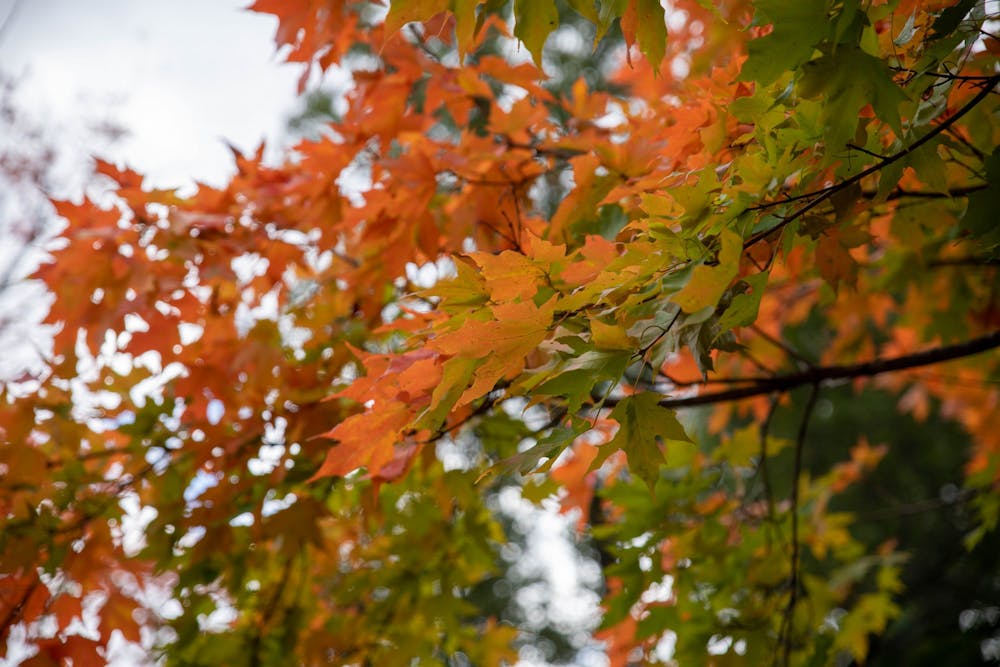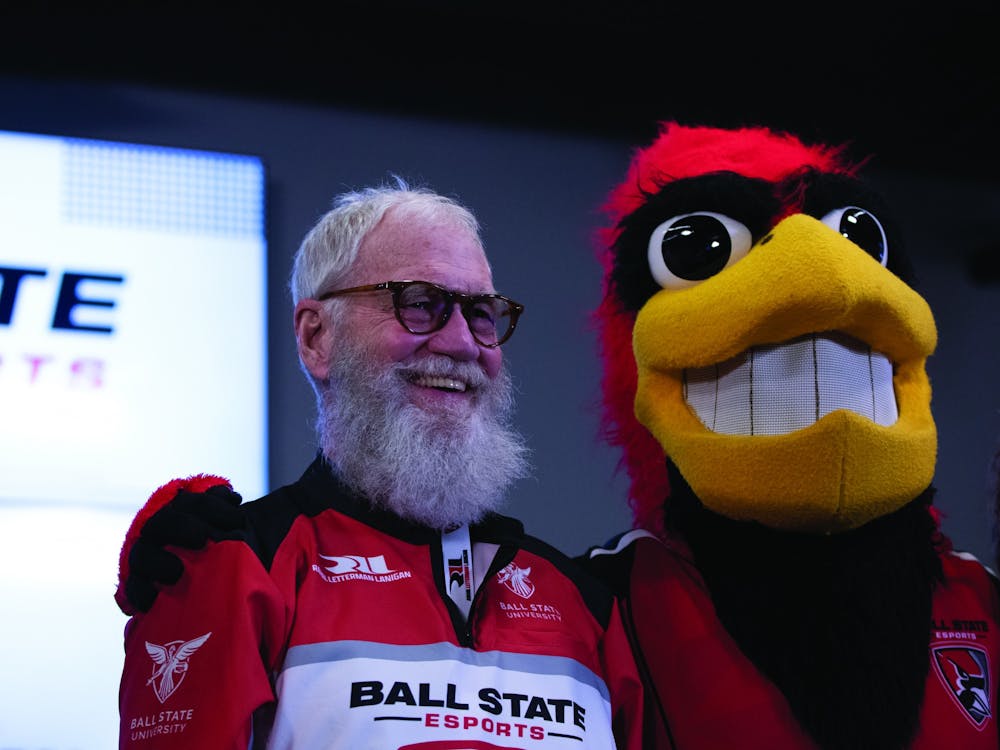Last month, the U.S. Forest Service unveiled the winners of a competitive $1.5 billion urban reforestation grant. Through its “Rooted in Community” project, Muncie secured the third-highest award in the state of Indiana, acquiring $2 million to put towards planting and sustaining trees.
The award comes near the end of the “Thousand Trees in a Thousand Days” initiative. Slated to plant its thousandth tree this fall, the program was launched in 2020, and was designed to combat the city’s declining canopy. It received an award from the Arbor Day Foundation and recognition across several states, but left much work to be done — work that was spearheaded by former Special Projects Director Delaney Fritch.

“I did write the grant; I did the planning stage of it,” they said. “This was my first federal grant that I ever wrote, so I have a good track record. I’m one-for-one.”
Fritch currently serves as coordinator of the Office of Community Development’s HOME Investment Partnerships Program. But before that, they led urban reforestation efforts in Muncie, starting with their work on the Thousand Trees initiative.
“During that time, I developed a very intimate relationship with our trees, but also with the hurdles that exist in trying to get them on the ground, and the lack of resources that the city has in terms of staffing,” Fritch said. We only have one urban forester, but we have a declining tree canopy, which means that we needed more help to bring dead trees down.”
That decline poses a serious risk. Healthy trees play a vital role in regulating the temperature, and according to Fritch, their absence can cause energy consumption — and electric bills — to spike.
Sanglim Yoo, an associate professor of urban planning at Ball State, agrees.. Much of her research is focused on urban heat islands: cities that experience much hotter temperatures than the rural areas surrounding them.
According to the United States Environmental Protection Agency website, this occurs for several reasons, but a key one is the lack of greenery. Heat becomes trapped in artificial, unshaded structures, in turn leading to sweltering weather and creeping costs.
“It is a well-known fact that the high concentration of heat is highly correlated with land cover type, especially impervious land covers, such as asphalt. On the contrary, higher tree covers and healthier vegetation cover negatively contribute to higher land surface temperature, meaning, they cool down,” Yoo said via email.
“Extreme heat makes transmission lines carry less electricity: transformers are more likely to fail, solar panels make less electricity, and railways and airport runways begin to buckle.”
In this sense, the lack of trees in an area can have a tangible economic impact, in addition to other problems posed to the residents, such as the health risks associated with heat stress. It is for this reason that resources like the Climate and Economic Justice Screening Tool exist, analyzing how class and environmental issues can intersect.
The tool – offered by the Council on Environmental Quality – breaks census tracts down by multiple different metrics of analysis. Those are then organized under the broader categories of climate change, energy, health, housing, legacy pollution, transportation, waste and workforce development.
According to Fritch, the tool will be used to determine where trees funded by the grant will be planted. Trees will only be planted in areas classified as disadvantaged: a category most of Muncie falls under. Yet for many, they are welcome anywhere.
Tavon Cannady is a chemical process technician residing in Muncie and he frequently visits the local parks with his daughter, and said he finds a self-justifying beauty in the trees.
“I’ve always been a lover of nature; the more, the merrier for me,” Cannady said. Nobody likes a lot of concrete, and that’s exactly what we’re trying to prevent: the city tearing down its natural state, and covering it with parking lots, and things that just aren’t as beautiful as actual motion.”
Thor Peterson echoed similar sentiments. A machinist from Middletown, he visits Muncie for its parks, and expressed wholehearted support for urban reforestation.
“I hate to sound this way, but if there aren’t trees, it’s kind of ugly to look at,” Peterson said. “Trees add some beauty, some privacy; they can make you feel secluded, even in the middle of a city, and we all kind of need that sometimes,” he said. “I’m glad to see Muncie finally caring about itself in that way.”
Mayor Dan Ridenour offered his support for the program in a statement via email. “I’m thrilled that we are not only finishing what we started with 1,000 Trees in 1,000 Days, but expanding this program to improve quality of life for generations to come.”
According to Fritch, the reforestation plans are currently being redrafted to account for a lower than expected award. They are unsure when the planting will begin, but they said those interested should keep an eye out for further updates from city Communications Director Michele Owen.
Contact Colin Brown with comments at colin.brown@bsu.edu





